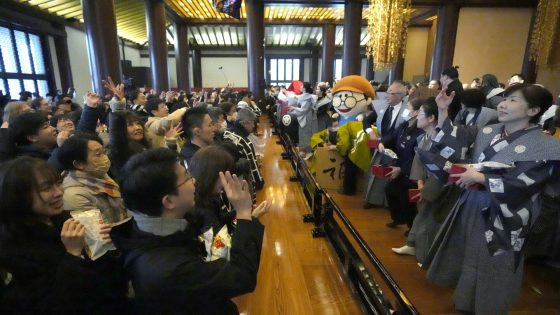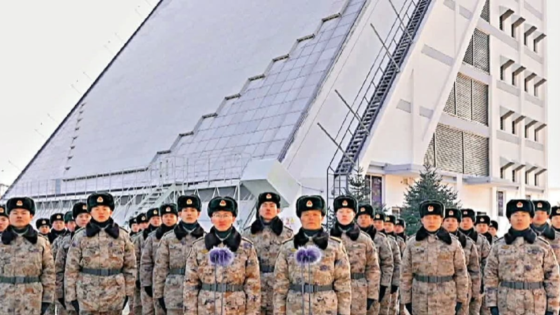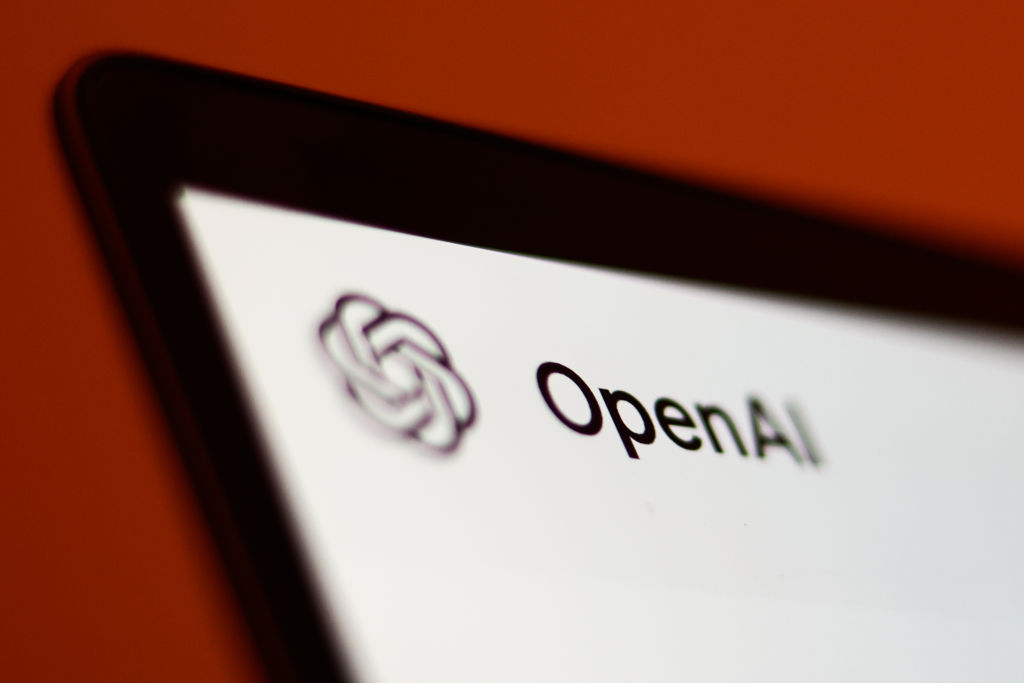On February 2, 2025, hundreds of people gathered at the Zojoji Buddhist temple in Tokyo to participate in the traditional “mame-maki” bean-throwing ceremony. This annual event marks the end of winter in the Japanese lunar calendar and is celebrated with the hope of warding off evil spirits and inviting good luck.
- Mame-maki celebrates the end of winter.
- Dried soybeans symbolize vitality and purity.
- Participants chant "Demons out, fortune in!"
- Rain forced indoor celebrations at Zojoji temple.
- Families perform bean-throwing rituals at home.
- Safety warning issued for young children.
Participants, including celebrities and sumo wrestlers, threw dried soybeans into the crowd as attendees reached out to catch them. The ritual, which is also held in homes across Japan, symbolizes vitality and purity.
The “mame-maki” ritual is deeply rooted in Japanese culture, symbolizing the transition from winter to spring. Traditionally held on the last day of winter according to the lunar calendar, it involves throwing soybeans, known as “fukumame,” to cleanse the area of evil spirits. The act is accompanied by the chant, “Oniwa soto, Fukuwa uchi!” which translates to “Demons out, fortune in!”
This year, the event took place indoors due to rain, with participants including high-ranking monks and various celebrities dressed in formal kimonos. Attendees eagerly awaited their turn to catch the beans, with some lucky individuals collecting multiple packages of snacks and rice cakes. For many, this was a cherished annual tradition.
At home, families also engage in similar rituals, where an elder typically wears a red-faced demon mask and throws beans while chanting. Afterward, participants eat the same number of beans as their age plus one for good luck. However, the Consumer Affairs Agency advises caution, recommending that children under five should not eat the dried soybeans to prevent choking hazards.
The “mame-maki” event serves not only as a cultural celebration but also as a reminder of the importance of community and tradition in Japanese society. As participants catch the beans, they embrace the hope for a prosperous and healthy year ahead.
The “mame-maki” ceremony at Zojoji temple highlights the rich traditions of Japan, combining community participation with cultural significance. As the event unfolds, it reinforces the values of hope and renewal as the seasons change.

































